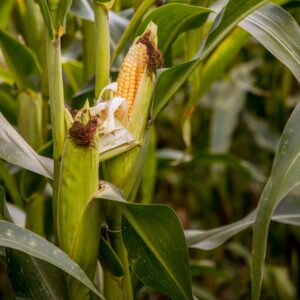
“Group 3 fertiliser” is a natural or synthetic substance or organism/s that improve/s the growth or yield of plants or the physical, chemical or biological conditions of the soil and does not qualify for registration as a group 1 or 2 fertiliser.
This includes:
Speciality fertilisers can be applied along with irrigation water, or in a controlled-release way where a pre-plant application releases nutrients for the plant throughout the time when it is growing. Speciality fertilisers might also be applied by foliar feeding where the plant absorbs nutrients through its leaves rather than through the roots.
Owing to some promising results, this is an area that has caught the attention of role players from all corners of the market, from the agrochemical to the organic/sustainable agriculture sectors.
Source: DALRRD presentation at FertASA workshop, November 2017 (see last heading).
Find the Guidelines for Registration of Group 3 Fertilizers (June 2019) document on the Directorate Agriculture Inputs Control web pages at www.old.dalrrd.gov.za.
Note: Click to expand the headings below. In July 2022, companies marked by a √ were affiliated to Fertasa (refer to the Fertasa website for the latest list). To get a free listing on our website like the ones below, visit here for more information or place your order here. Disclaimer: The role player listings are not vetted by this website.
Fertilizer Society of Southern Africa (Fertasa) – www.fertasa.co.za Fertasa, a non-profit company, represents the interests of the fertiliser and aglime industries in South Africa.

Visit the websites listed earlier on this page.
Neil Miles, renowned soil scientist, runs the Agrispex Soil Productivity Expertise website. Find the biostimulant option at http://agrispex.co.za/category/biostimulants.
Find the reports by Markets And Markets at www.marketsandmarkets.com. These include:
Find the following presentations given at a FERTASA Biofertilizer Workshop (November 2017): “Registration of Biological Remedies vs. Bio-Fertilizers in South Africa” by Thilivhali Nepfumbada (of the then DALRRD) and “Biofertilizers, Biostimulants, Biopesticides: Definitions, Differences & Challenges” by Stephanie Roberts (Omnia). The bioproducts market, currently worth US$3 Billion, is predicted to reach US$11 Billion by 2025.
Watch videos on YouTube like “PHC Film: Soil is a living organism”, “The Magic of Soil” and “Using Biofungicides, Biostimulants and Biofertilizers”.